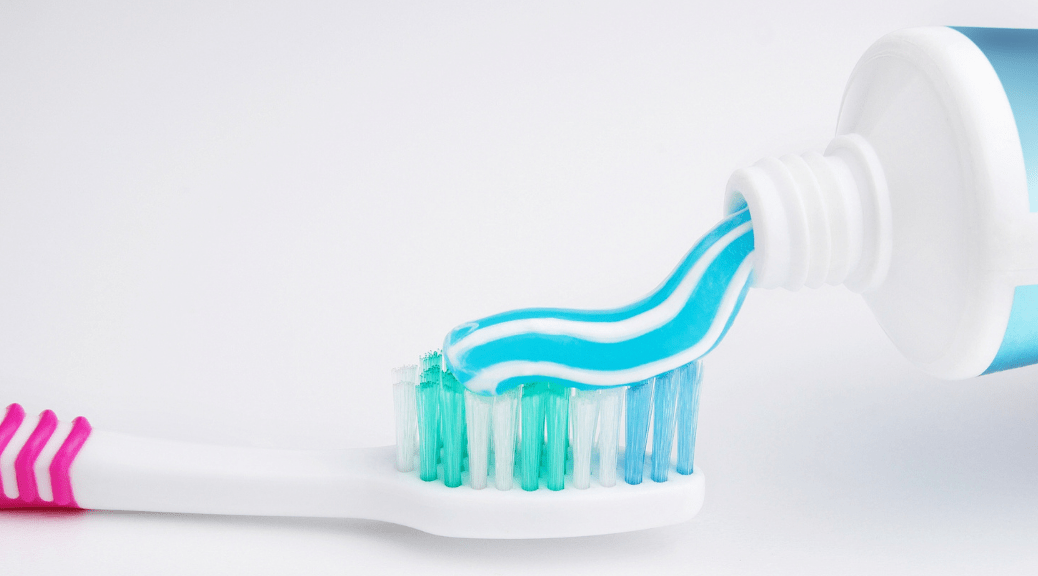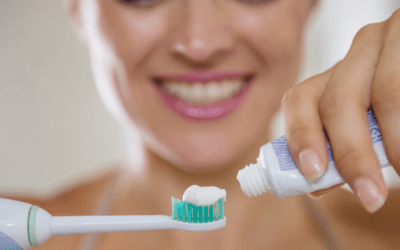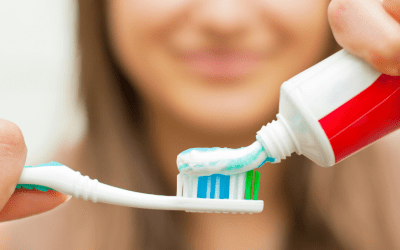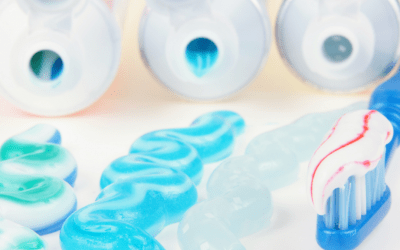Is your toothpaste healthy? Do you know the harmful ingredients toothpaste can have?

Have you ever wondered what the ingredients of your toothpaste are? Do you know why most food items taste bitter after brushing your teeth? Is it possible that some of the ingredients in the toothpaste are harmful even? Read on to know how to pick suitable toothpaste from the market and while at it, learn some tips that will help you to keep your teeth healthy.
Brushing our teeth is a part of our daily routine. It’s important to maintain dental hygiene to be able to lead a healthy life. Since ancient times, different methods have been in use across the globe to maintain dental hygiene. This includes using herbs, tree twigs and bizarre items such as burnt egg shells, pumice stone powders and even crushed bones. The toothpastes and tooth powders that we use today were commercialised in the 19th century.
Harmful Ingredients in Toothpastes
The varieties of toothpaste available today are marketed highlighting their respective unique selling propositions (USPs), whether it’s a so-called special ingredient or a specific purpose. Examples: ‘salt in the toothpaste’, ‘whiter teeth in four weeks’, ‘totally herbal’, ‘it is natural’. These claims are tricky. Thus, before making a purchase decision, it is important to carefully check the ingredients list at the back of the pack.
Here we have listed some of the harmful ingredients found commonly in Toothpastes:
Triclosan
Triclosan is a chemical that has antibacterial and antifungal properties. Toothpastes containing this chemical often claim that it helps in preventing plaques and gingivitis. This claim is true but triclosan is also associated with concerns such as antimicrobial resistance and hormonal disruptions (specifically oestrogen and testosterone). It has also been found to alter thyroid hormone metabolism.
Triclosan is also known to cause allergy in some individuals. Worryingly, prolonged use of triclosan is associated with development of tumors. Not only this, when triclosan reacts with the chlorine molecules present in chlorinated tap water, certain compounds are created which react with UV rays and lead to formation of dioxins. Dioxins themselves are known to cause adverse effects on health. This includes impaired immune functions, diabetes and thyroid disorders. It is also known to get accumulated in adipose tissues and cause dioxin toxicity.
Sodium Lauryl Sulfate(SLS)
Many toothpastes contain sodium lauryl sulfate. It is commonly used in toothpastes, shampoos, shaving creams, bath formulations, floor cleaners and soaps. SLS is also used as a food additive. It is actively used as an emulsifying agent.
SLS is known to impact the taste buds present in the tongue by temporarily numbing the perception of sweetness. This contributes to the bitter taste that we experience if we eat something after brushing our teeth. SLS is known to cause canker sores and xerostomia (dry mouth).
Fluoride
Fluoride has been known to prevent the decaying of teeth. Brushing teeth with fluoride toothpaste aids in re-mineralisation of teeth’s enamel along with calcium and phosphates. That explains its presence in toothpastes.
Yet, there is also the fact that dental fluorosis is a concern related to fluoride. It occurs due to excessive consumption of fluoride. Young children often swallow toothpaste and this may lead to excess of fluoride in their system. Dental fluorosis discolours the teeth. The staining can range from white flecks to deep brown stains.
Excess of fluoride has toxic effects on many tissues: teeth, bones and the thyroid gland.
Interestingly, there is some evidence that theobromine (which occurs naturally in nature and is a cacao extract) is more effective in aiding re-mineralisation.
Propylene Glycol
Propylene glycol is used in many cosmetic products including toothpastes. It can cause allergic reactions in some individuals. Propylene-glycol allergy is likely to affect people with vitamin D deficiency or those with fungal infections. Affected individuals experience extreme dryness in the facial area.
Propylene glycol is also known to affect the environment adversely. It requires oxygen for its degradation. This affects aquatic life adversely. Therefore, dissolved oxygen is needed to be administered in water that contains propylene glycol. This aids in microbial decomposition of propylene glycol.
How to Pick Toothpaste that is free from harmful ingredients
Carefully check the ingredients list while picking a toothpaste from the market. Avoid the ingredients mentioned above or choose a paste that has minimum amounts of these ingredients. If you are shopping a toothpaste for your kid, check the directions carefully.
Make a Dental Hygiene Paste at Home
Add a few drops of lemon or peppermint oil in a teaspoon of baking soda. Then add water to it. This paste can be used daily to brush teeth.
For kids, avoid buying toothpastes containing fluoride. Also, if it has a bright fun colour, skip it. It indicates the presence of synthetic dyes (mostly derived from petroleum and coal tar) and these can accumulate over time in the body.
Diet and Tooth Decay
Diet has a major role in causing teeth decay. Sugar specifically affects the teeth adversely. When we eat sugar, the pH of the mouth changes (it becomes acidic). This leads to demineralisation of teeth and in turn leads to development of dental cavities caused by microbes.
Related
Which is the Safest Toothpaste
These toothpastes are safeWe tested the eight brands on parameters such as presence of nicotine and heavy metals, microbiological contamination,...
Medicated Toothpastes – Pros and Cons
Medicated Toothpastes – Pros and Cons With time, medical science innovations are increasing at a rapid pace. One of the innovations of medical...
Types of Toothpastes
Types of ToothpastesWhen you want to buy toothpaste from the market, you will come across different types of toothpastes offered by different...



